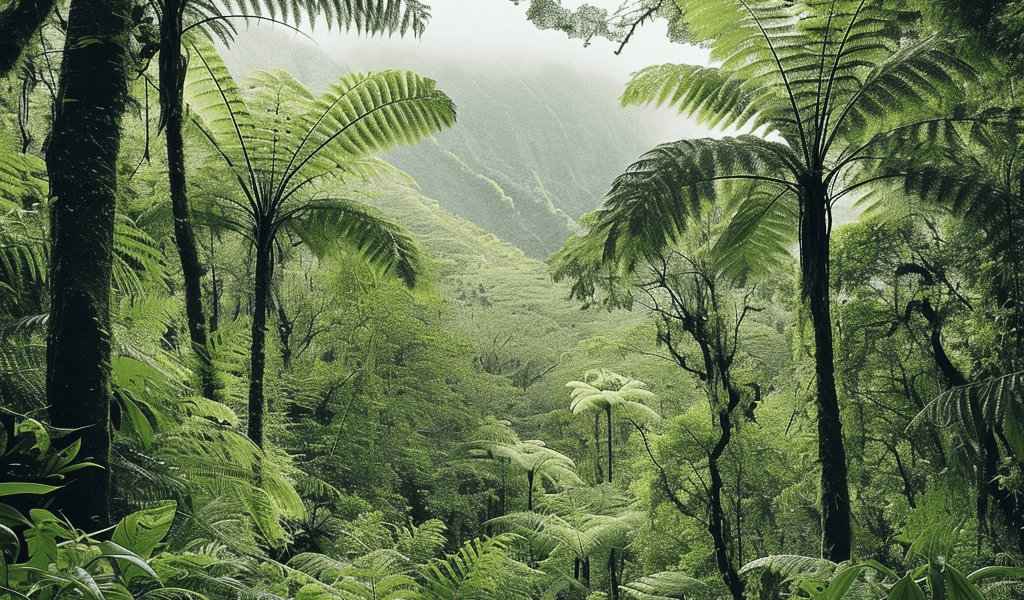Can Trees Predict Volcanic Activity? New Study Reveals Stunning Early Signs of Eruptions
Can Trees Predict Volcanic Activity? New Study Reveals Stunning Early Signs of Eruptions
The study suggests that monitoring plant health through satellite images could be a game-changer in volcanic hazard mitigation.
December 28, 2023
Nature’s subtle clues could provide vital years of advance notice before fiery eruptions.
Imagine green forests pulsating like living barometers, hinting at the fiery fury brewing beneath. This isn’t a fantasy, but a groundbreaking discovery that could revolutionize volcano monitoring. Scientists have found that plants can act as early warning signs of volcanic eruptions, thanks to their sensitivity to changes in volcanic gases.
This “greener” signal shines bright in satellite images, offering potential years’ notice beyond standard methods hampered by gas diffusion and remote locations.
Researchers led by Robert Bogue of McGill University studied Yellowstone national park in the US, analyzing decades of satellite data taken between 1984 and 2022. They observed a curious pattern: lusher vegetation preceding volcanic activity, followed by browning as eruptions neared. This, they explain, is carbon dioxide’s Jekyll and Hyde: initially fertilizing plants, then becoming toxic as activity intensifies.
In this groundbreaking study published in Geochemistry, Geophysics, and Geosystems, the results indicate that monitoring plant health through satellite images may provide early warnings of volcanic activity years ahead.
This plant-based early warning system holds promise for heavily vegetated volcanoes like Taal Volcano in the Philippines and Mount Etna in Italy. By monitoring their green whispers, scientists may one day gain a crucial head start against the fiery wrath of the underground.
Although the study concentrated on Yellowstone, scientists posit that the method may be relevant to other volcanoes sharing similar traits. Further investigations are required to enhance and tailor the technique for diverse volcanic terrains.
The prospect of predicting eruptions years ahead is of great significance for communities residing near these geological phenomena. Timely alerts have the potential to save lives, reduce property losses, and enhance evacuation preparations.





